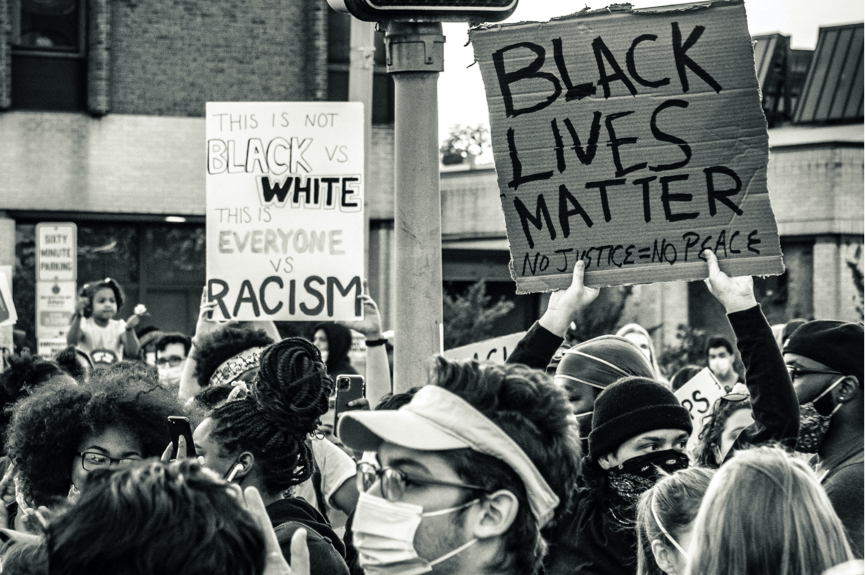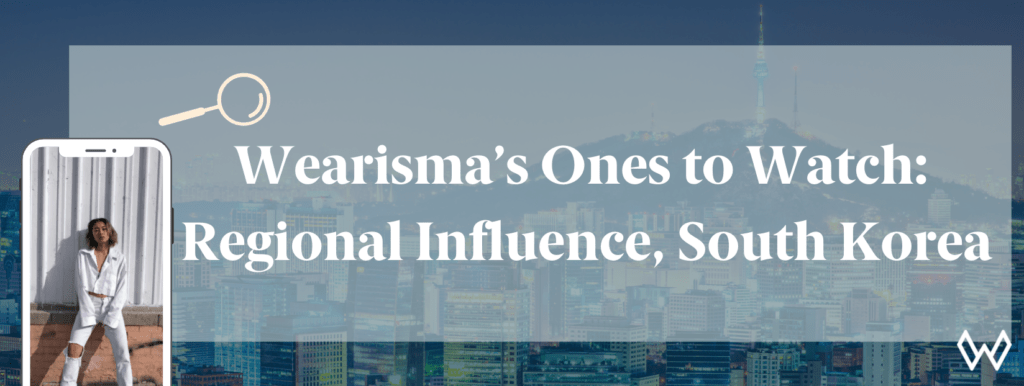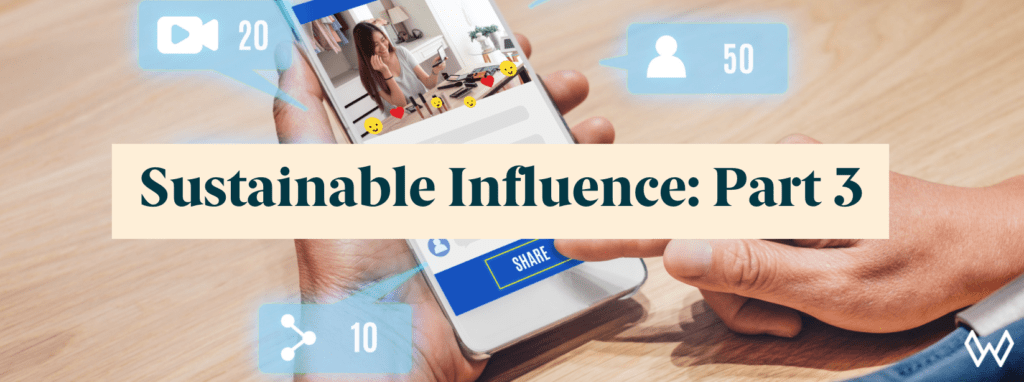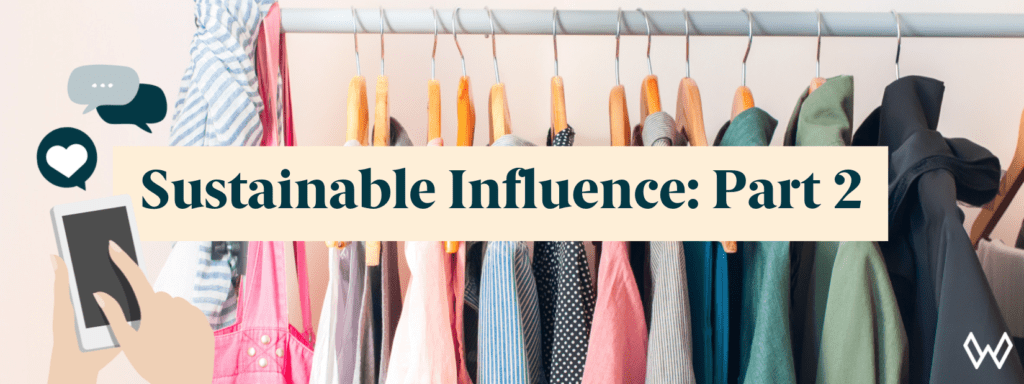
How Black Lives Matter moved beyond a hashtag

By now, we’ve all seen the harrowing video of 46-year-old George Floyd dying at the hands of the police. Sadly, George Floyd is the latest in a long list of names of Black people who have lost their lives due to systemic racism, but this time feels different. Floyd’s murder has reignited passions in the Black Lives Matter movement which began 7 years ago in 2013 following the murder of 17-year-old Trayvon Martin. Unlike 2013, Black Lives Matter is finally having its watershed moment. Arguably, our increased reliance on social media in the wake of COVID-19 has played a significant role in its escalation. Wearisma’s research and insights team revealed that in just one week following Floyd’s murder, the #BlackLivesMatter hashtag received over 91 million engagements – 9000% higher than the whole of 2019. The global rallying behind this movement has progressed the conversation to one that considers the treatment of Black people from all walks of life, particularly in business. Now more than ever, brands need to evolve in order to adapt to this new reality – one that no longer turns a blind eye to injustice.
The role of social media in Black Lives Matter
Several names have turned into hashtags in recent years. Names like Breonna Taylor, Ahmaud Arbery and Sarah Reed have been mostly confined to corners of social media until Floyd’s murder. One major difference between these cases and Floyd’s is the existence of a video. Shared on instagram before it hit a single UK news outlet, the video, captured by 17 year old Darnella Frazier gave a graphic insight into the atrocities of systemic racism – something which many people outside of the Black community have overlooked. The horrifying execution that took place over nearly 9 minutes is something that nobody could ignore.
The video added fuel to a fire that was already being heavily stoked. COVID-19 is still ravaging global communities, none more so than the Black community who are four times more likely to catch the diseases (a definitive explanation of why this is still unclear). COVID-19 and the resultant lockdowns have caused many people to delve deeper into these online communities to replace the loss of their offline relationships.
Social media has always possessed the ability to unite communities. #BlackTwitter is just one example of how social media has been used as a refuge for many communities to connect online and discuss matters that have been historically absent from traditional media. What’s different now is that people are reaching beyond the aisles and are becoming less insular. A great example of this has come from K-pop fans lending their support to Black Lives Matter activists. The community who typically use social media to exclusively discuss their favorite musical stars, flooded the Dallas Police Department with videos called fancams in solidarity with Black Lives Matter after the department asked for videos of “illegal activity from protests”.
Notwithstanding the power of online communities finally banding together to protest injustice, we cannot ignore the role that social media has played in stoking racial tensions. One example came earlier this month when some Facebook employees staged a virtual walkout, claiming that the company had taken a “neutral position on racism” by letting US President Donald Trump’s divisive posts go unchecked. Many people have also called out several social media platforms over the years for failing to adequately deplatform racist accounts. These platforms are no longer seen as faceless machines as users are increasingly expecting more from the platforms they are using to aid the current revolution. Thankfully, the tide is turning. Companies who have adapted to the shift include Snapchat who recently announced it will stop promoting content from Trump. Similarly, since the walkout, Facebook has pledged $10 million to groups working on racial justice.
Sadly, even well-meaning acts of activism online can do more harm than good. ‘Blackout Tuesday’ was a social media campaign organised by music executives Brianna Agyemang and Jamila Thomas. The duo called for everyone to cease the flow of user-generated content on June 10th and instead post a single black square in solidarity with Black Lives Matter. The results caused more harm than good. People continued to use the #BlackLivesMatter hashtag meaning that important information pointing people to donation and petitions links and previously unknown victims of police brutality were washed out by a sea of black squares. This algorithm mishap has awoken many to the need for the Artificial Intelligence industry to wake up to the gravity of its diversity problem. Hopefully, IBM’s recent calling out of bias and inequality in the facial recognition business is just the first of many steps towards the global acceptance of ‘Responsible Tech’ that ‘seeks to understand its social impact and minimize unintended consequences’.
Beyond police brutality
Many influencers have helped to quickly expand conversations beyond police brutality to explore how systemic racism affects Black people on a daily basis. A prime example comes from Mega-Influencer Jackie Aina who called out several fashion brands for appearing to capitalize on Black aesthetics without supporting Black people. Pretty Little Thing and Fashion Nova were two of the brands who contacted Aina directly to discuss an “extensive course of action” to address their own issues with institutionalised discrimination.
It’s not only the mega-influencers who have sparked change. Micro-influencers have banded together to use their voice to make an impact. Hashtags like #publishingpaidme, #blackatr29 and the #VogueChallenge has drawn widespread attention to the poor treatment, underpayment and underrepresentation of Black people and people of colour across several industries.
Not every brand has faced the chopping block. When luxury brand Fenty participated in the controversial Black out tuesday by posting a black square on their instagram, they took it a step further by closing the global business to draw attention to racial injustices. Meanwhile, sports brand Nike announced a $40 million commitment over the next four years to support the Black community in the U.S. These actions are not dissimilar to those taken by other major brands but the difference is that both Nike and Fenty have a history of representing and supporting diverse talent.
Illustrations, donations and posting a few Black Influencers can only go so far. Brands need to make a complete overhaul on their approach to diversity and inclusion. While there is a sense of urgency for brands to act, they need to make the necessary steps to become actively anti-racist in order to avoid being seen as performative. This is the moment where all of us – companies, institutions and individuals need to become actively anti-racist.
What is Wearisma doing?
- We are in the midst of curating a new webinar ‘How to tackle Influencer Marketing’s Race Problem” that will provide a detailed insights into how brands can become actively anti-racist. Stay tuned.
- Part of our service involves sending brands a curated list of influencer selections. We will continue to make these lists as diverse as possible to help brands to become more inclusive.
- We will outreach to 30 black-owned brands to offer complimentary access to our platform for an extended period of time to gain valuable insights that will help them to optimise their investment in influencer marketing.
How to do your part
Acknowledge past mistakes and correct them
Last week, it was announced that model and influencer Munroe Bergdorf rejoined L’Oreal Paris after she was sacked by the brand in 2017 for posting about “the racial violence of white people”. One of the first steps to being an actively anti-racist is to acknowledge past mistakes and correct them. Consumers are digging through old posts, old news stories and are listening to influencers who are calling out brands for past misgivings. Sweeping problems under the rug and making excuses about ‘previous leaderships’ are no longer acceptable.
Don’t rush to act for the sake of it
Once you’ve taken an official stance on Black Lives Matter, look internally to acknowledge your own bias. Brands have a duty to understand the social impact they have and seek to understand and minimize unintended consequences of their actions. Across social media, Black influencers have revealed that brands are suddenly clamouring to work with them. It’s great that brands are now acknowledging the lack of diversity in this area but this cannot be a knee-jerk reaction to avoid being called out. Brands must make a genuine attempt to represent consumers of all ethnicities while avoiding tokenism. Brands can avoid tokenism by making sure that the influencers they’re working with align with their brand ethos – it’s not enough to simply pick a Black face out of obscurity.
Educate yourself and practice patience
Education is often hailed as the first line of defence against injustice but companies need to be aware that the burden doesn’t lie with people of colour to educate everyone on systemic racism. In every industry, a company-wide commitment to understanding how wage inequality, microaggressions, tokenism, and more impacts ethnic minorities. Only once a clear understanding of these issues have occurred can actionable steps be taken to adequately overhaul these toxic environments. Companies no longer exist to make a profit, they have a duty of care to their consumers from all walks of life but change will not happen overnight. Time and consideration must be taken in order to actually dismantle the unjust systems and biases that have existed for centuries.
Actively encourage diverse talent within your company
Sharon Chuter, the founder of UOMA Beauty recently started the Pull Up Or Shut Up campaign which encouraged beauty brands such as ELF Cosmetics, Milk Makeup, Ulta, Colourpop, Huda Beauty and more all revealed their employee diversity statistics. Transparency is key for surviving 2020. Disappointing stats appear to be better received by consumers than no stats at all. The point is to make it clear where you currently are and how you plan to make instrumental changes to the makeup of your company. Consumers are particularly interested in seeing diverse talent at senior levels. Some recent examples include: Samira Nasr who is now the first Black editor in chief at Harper’s Bazaar in the publication’s 153 year history and Reddit co-founder Alexis Ohanian who quit the company’s board and asked to be replaced by a Black person – that seat has since been filled by Michael Seibel.


